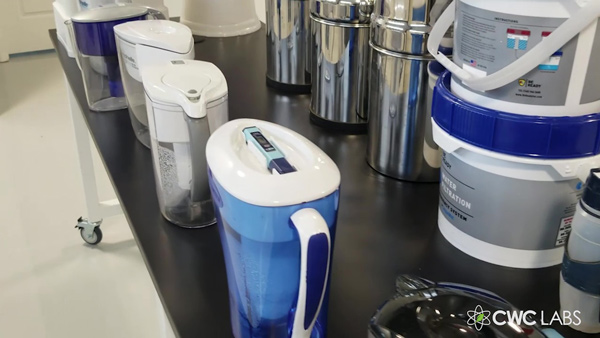Evidence suggests glyphosate standards are failing to protect the public
01/16/2019 / By Earl Garcia

Current standards for glyphosate use may not be effectively protecting the general public against the chemical’s adverse health effects, a team of health experts suggest. Despite there being more than 1,500 clinical studies done on the effects of glyphosate exposure in the last decade, there is still a severe lack of a systematic monitoring system that would monitor glyphosate levels in human tissue. This, in spite of the apparent increase of chemical use in the previous years. The team highlight that few studies have assessed the chemical’s potentially hazardous effects on human health.
Glyphosate use has rapidly increased in the U.S. over the past 20 years. The chemical is currently the most commonly-used weed killer in the country, data shows. Global estimates suggest that glyphosate use in 2014 alone was enough to spray almost 0.5 kg on every hectare of arable region across the planet. Nevertheless, the European Chemicals Agency last March cleared glyphosate of any health-related risks.
“It is incongruous that safety assessments of the most widely used herbicide on the planet rely largely on fewer than 300 unpublished, non-peer reviewed studies while excluding the vast modern literature on glyphosate effects. After a review of all evaluations, we conclude that the current safety standards are outdated and may fail to protect public health and the environment,” the researchers write.
The researchers call for the following changes:
- Better monitoring of glyphosate levels and its metabolites in people.
- The application of innovative tests and cutting-edge technology to examine the risks associated glyphosates and other combination weed killers.
- The development of more studies to monitor occupational exposure in various workforce including manufacturers and agricultural workers, as well as high-risk sectors such as pregnant women and children.
- Assessments of glyphosate-containing commercial weed killers.
The team’s proposed changes appear in the Journal of Epidemiology & Community Health.
Studies link glyphosate to various diseases
A vast number of studies have established a link between glyphosate and a plethora of adverse conditions including lymphoma, kidney damage, autism, and birth defects.
An analysis revealed that the harmful pesticide was associated with an increased risk of lymphoma. Health experts at the International Agency for Research on Cancer analyzed 44 individual scientific studies and found that people exposed to Monsanto’s Roundup, the company’s flagship glyphosate weed killer, had twice the risk of developing non-Hodgkin lymphoma.
Researchers also found that people exposed to Dow Chemical’s 2,4-D had a 40 percent increased odds of having the disease. The experts inferred that the pesticides trigger genetic mutations in white blood cells, which then lends the body susceptible to various diseases. The findings were published in the International Journal of Environmental Research and Public Health.
Monsanto’s Roundup glyphosate weed killer was also tied to increased odds of autism spectrum disorder, researchers at the Massachusetts Institute of Technology found. The experts cited a case study of triplets with autism and found that reductions in their glyphosate levels resulted in a significant decline in their autism-related conditions. According to the study, glyphosate allows harmful Clostridia bacteria to propagate in the guts, which in turn triggers an imbalance in dopamine neurotransmitter. This imbalance destroys brain cell mitochondria, researchers wrote in the journal Integrative Medicine: A Clinician’s Journal.
Various animal studies have also associated glyphosate exposure to various medical conditions. A study published in the journal Environmental Health showed that long-term exposure to Monsanto’s Roundup pesticide resulted in liver and kidney damage in rats. Another animal study revealed that glyphosate exposure led to birth defects in animal models. The findings appeared in the Journal of Environmental and Analytical Toxicology. A 2015 study also found that Monsanto’s Roundup pesticide has shown an endocrine-disrupting effect on male rates. The results were published in the journal Toxicology Reports.
Sources include:
Tagged Under: autism, glyphosate, kidney damage, liver damage, Monsanto, Roundup, toxic chemical, weed killer




















